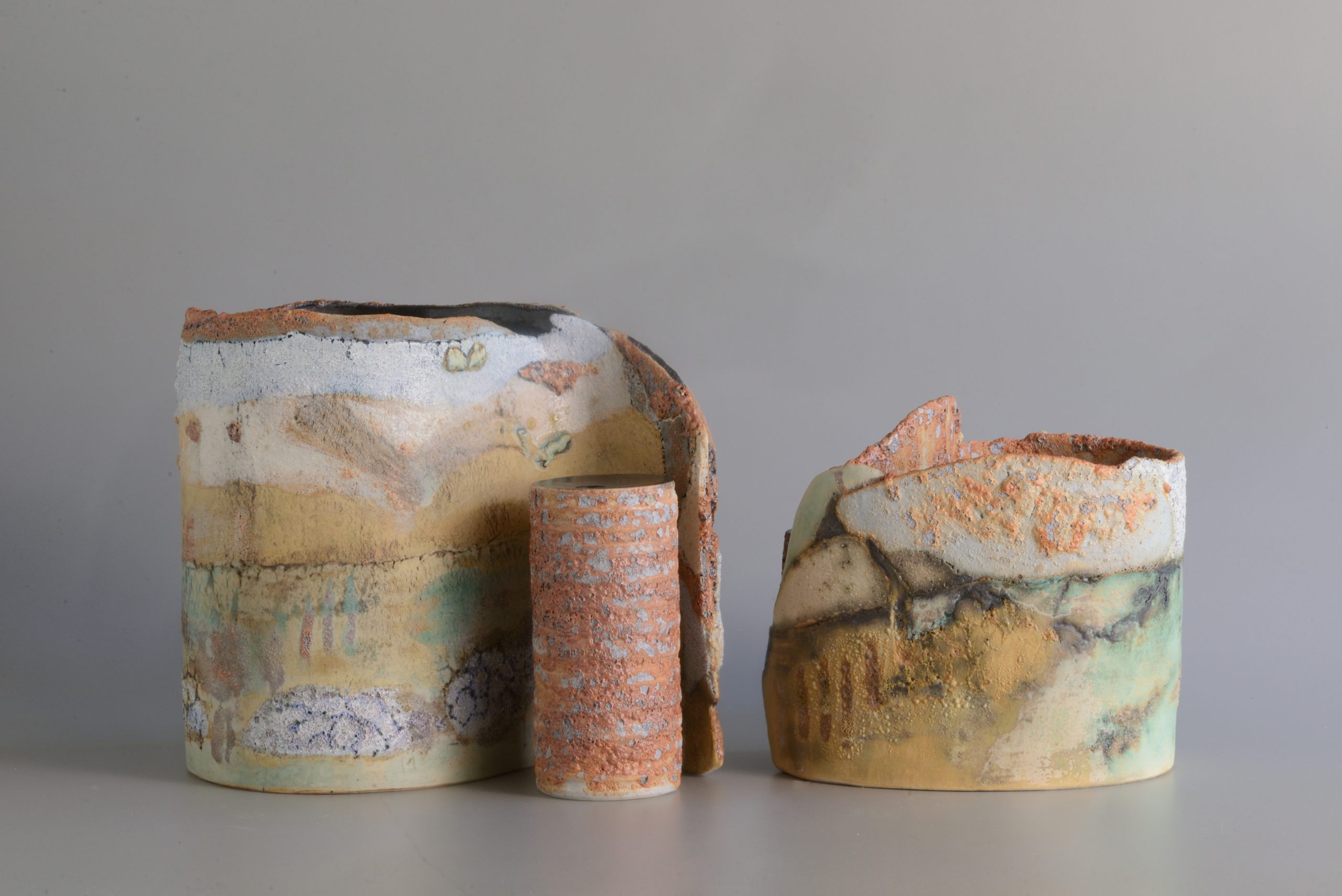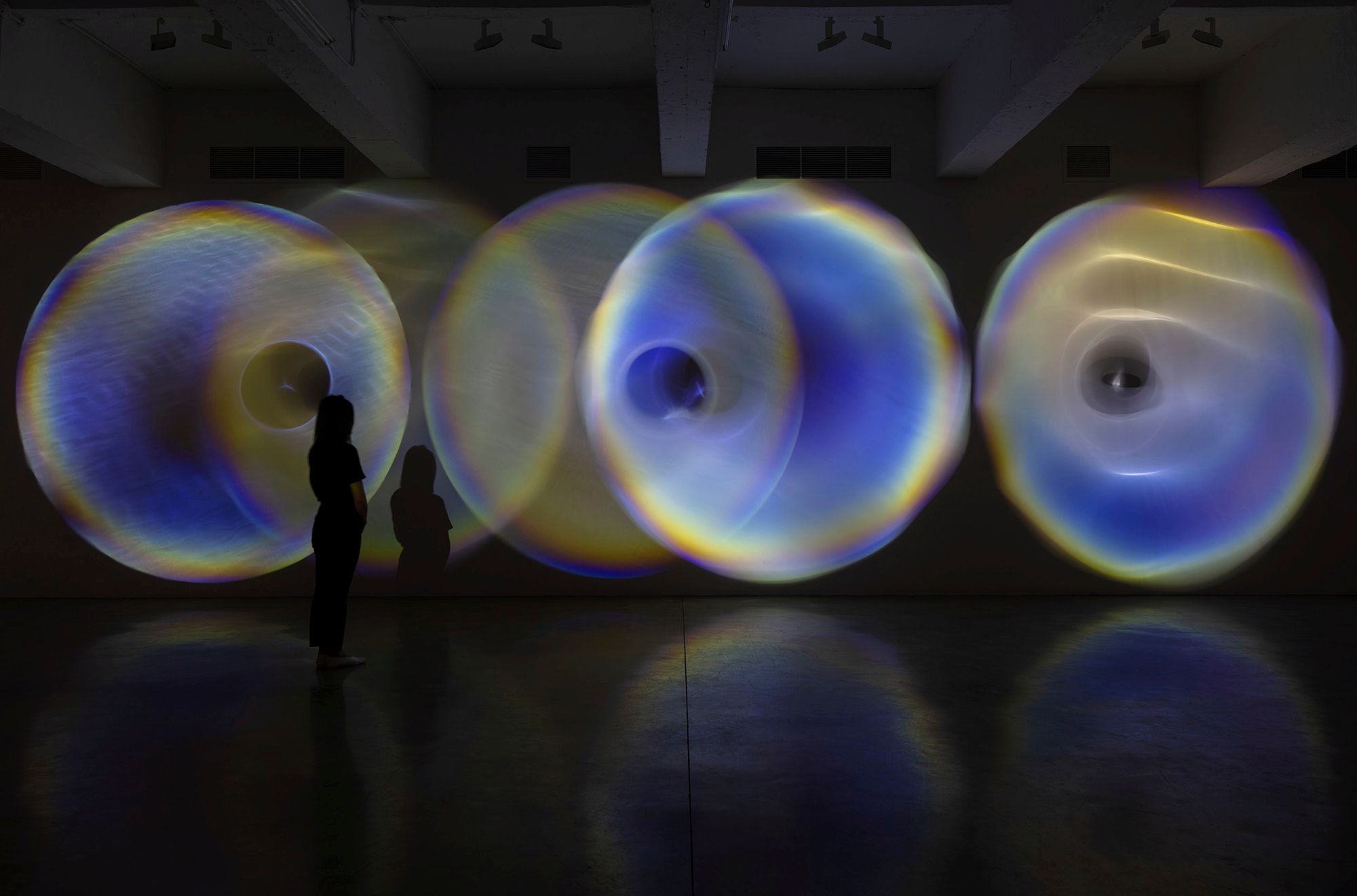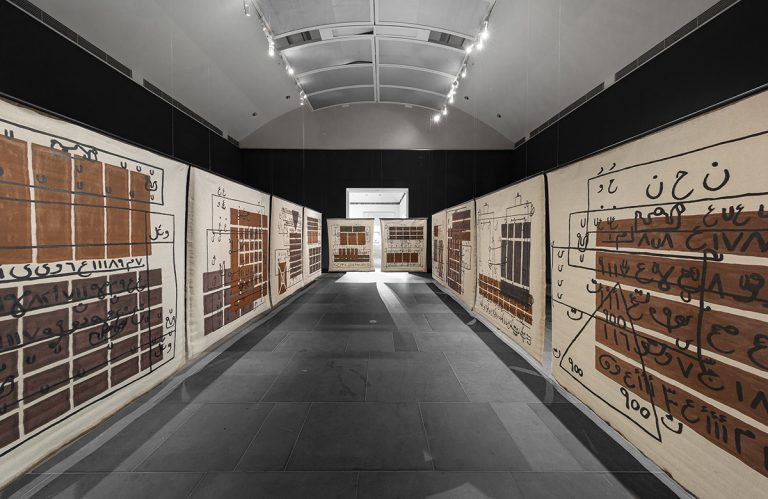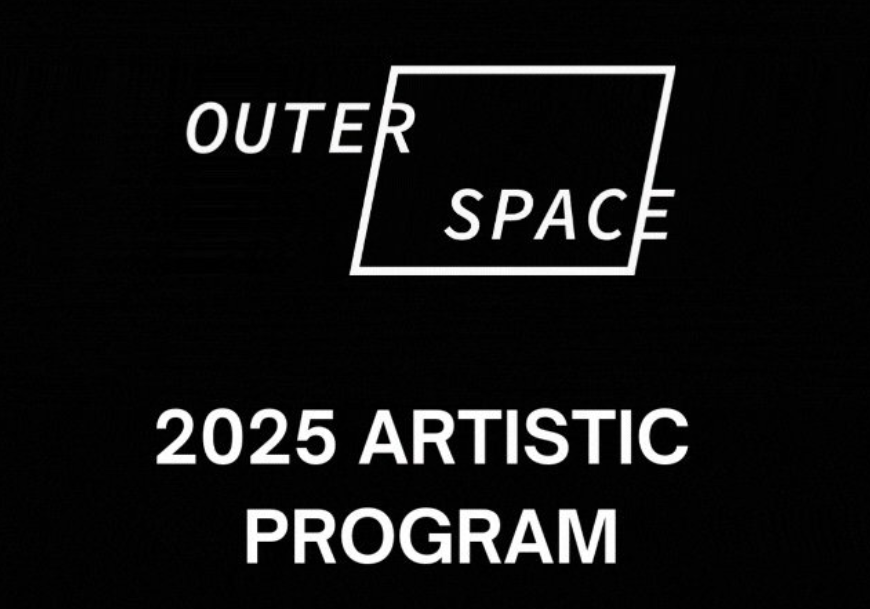
How long is the coast of Britain? This question formed the basis of a research paper by mathematician, Benoit Mandelbrot, published in Science magazine in 1967. What seems like a straightforward question with a finite answer is in fact quite the opposite: as Mandelbrot discovers, when it comes to geographical curves, the smaller the increment of measurement, the longer the measured length becomes. That is, measuring a stretch of coastline with a 30-centimetre ruler would yield a longer result than when measuring with a one-metre ruler, because the shorter ruler would be able to follow a more curvilinear path. This suggests that the smaller the scale of measurement, the longer the coastline. If we consider that scales of measurement can be infinitely smaller, then the length of coastline can therefore be infinitely longer. The answer to the question is ‘indefinable’. And that’s just its length in space.
What if we were to add time?
Aside from the fact that adding the element of time observably changes the length of the coastline due to tide levels, time and space are, in any case, inextricably bound. According to Einstein’s theory of relativity, space and time are merged together into spacetime, whereby we move through time in the same way that we move through space. When considering time as a dimension—specifically, the fourth dimension, after length, width and height—it is seemingly tangible, and therefore, measurable. Therefore, it seems perfectly logical that we should be fit to answer the question:
How many hours are there in a day?
Surprisingly, the answer is not 24, just as the British coastline is not 12,429km. In fact, atomic clocks have proven that there are never exactly twenty-four hours from sunrise to sunrise; the speed at which the earth rotates differs slightly, changing the length of each day. Further, the length of a day is steadily getting longer as the universe is expanding—days were just less than twenty-two hours long 600 million years ago. In which case, a more appropriate question might be:
How
long
is
a
piece
of
string
?
Alrey Batol’s practice critiques our reliance on abstract knowledge—such as measurements of time and space—and our compulsion to rationalise the irrational world. We measure time in seconds, minutes, hours, days, weeks; however, these labels are quite imperfect in terms of measuring time, and essentially arbitrary when it comes tounderstanding time. Despite this, our methods of counting time are so embedded in our culture that a second can seem like the ‘natural’ length of a moment, and 24 seems like the only conceivable number of hours in a day. Batol’s 18th century 16-hour clock challenges these set ideas by prompting the viewer to ask several questions:
Did people once use 16-hour clocks?
Who were they?
Why did they use them?
Why did 24-hour clocks supersede other formats?
By compelling us to consider the existence of an alternative truth, the artist is ultimately asking us to question our faith in the various forms of abstract knowledge that we apply to so many aspects of our world, and challenging us to d e t a c h.
Our inability to detach is pronounced in Waterbirds, in which a webcam captures live footage of the viewer, which is then fed through a computer program that distorts and delays the image at random, and reproduces it on a screen for the viewer to watch. When discussing this work, it may seem a mammoth oversight to omit reference to the work of seminal video artists such as Bruce Nauman or Vito Acconci, whose treatment of surveillance and narcissism broke new ground; however, Batol is essentially interested in the ubiquitous, and it is therefore futile to make art historical comparisons that only those with a working knowledge of 20th century western art will appreciate. Instead, it is necessary to consider the work in terms of the viewer’s instinctive reaction in the moment that they are confronted with their own distorted image, and attempt to negotiate their movements through the room to manipulate the image-to rationalise the irrational.
The way in which we attempt to rationalise time and space by applying abstract concepts such as minutes and centimetres, is analogous to the way in which we interpret art through language-we rely on essays (like this one) to somehow rationalise the irrational artwork. Batol, however, implores us to renounce our attachment to abstract knowledge, and to instead consider our own intuitive experiences. Besides, if language is just another construct, then are we really
getting
any
closer
to
the
‘truth’
?
By Katherine Dionysius
For more information please visit the – Website









